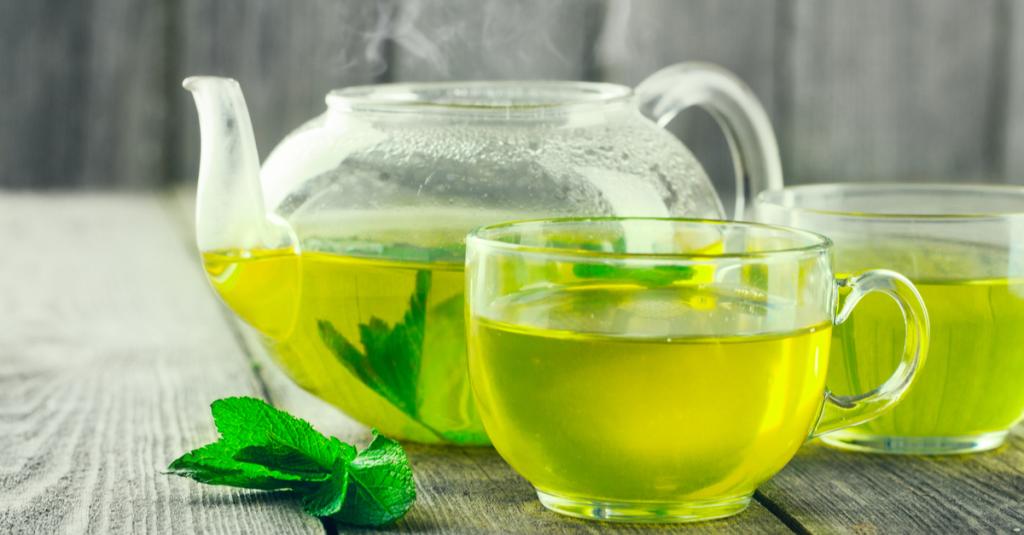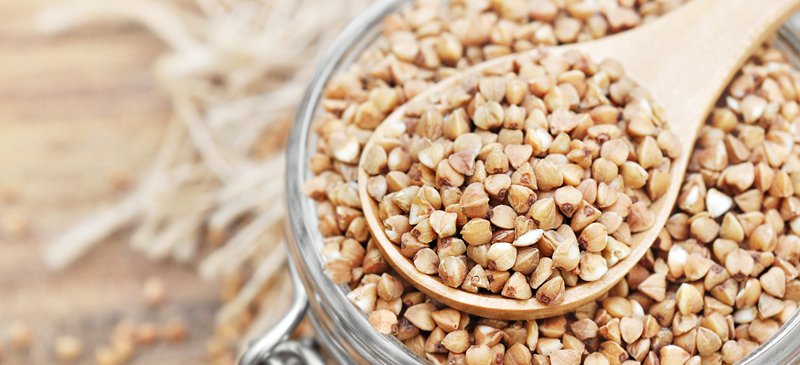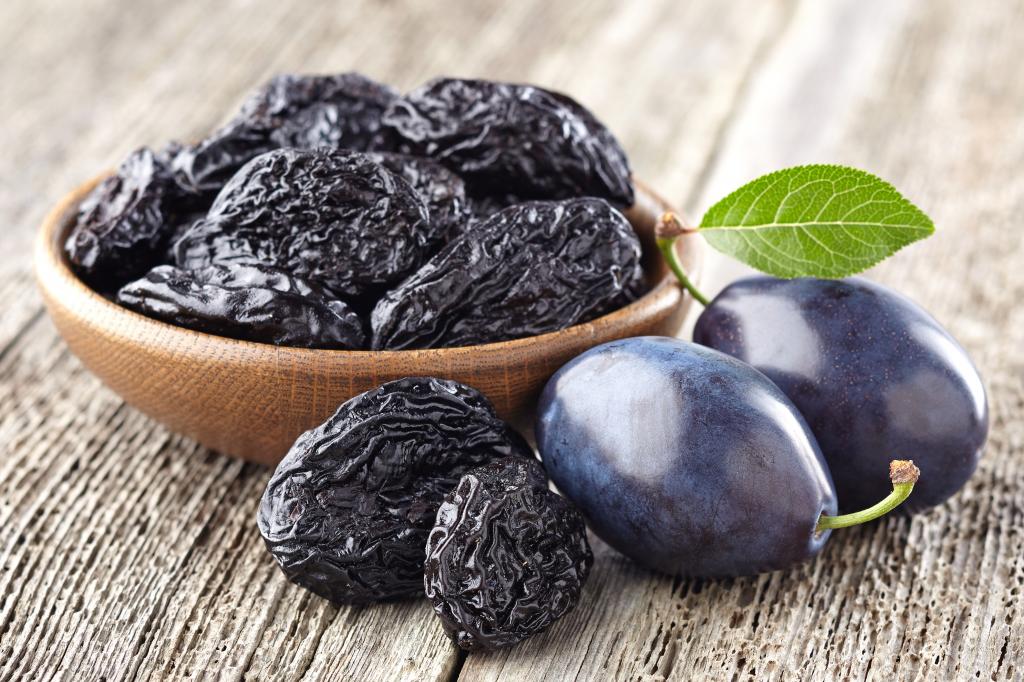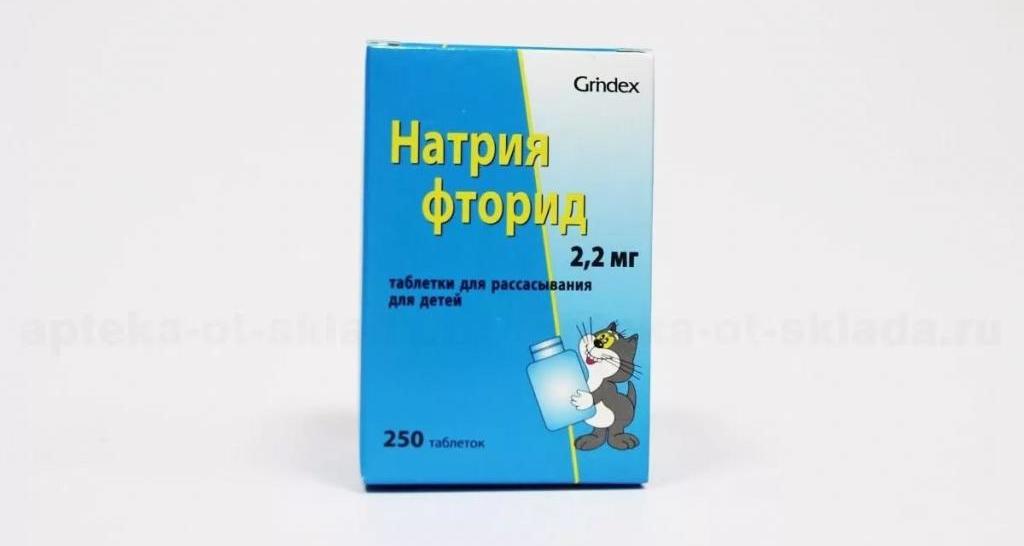Fluoride is present in all organs and tissues, but at 96% it is concentrated in bones and teeth. With calcium, this component provides mineralization and strength of the skeleton, maturation and hardness of tooth enamel. Which foods contain fluorine the most is described in the article.
The component is necessary for the normal growth of hair and nails. Fluoride is involved in important physiological cycles, strengthens the immune system, removes heavy metals, toxins. With the help of a microelement, the vital activity of acid-forming bacteria is suppressed. Fluoride provides a suspension of caries.
What is the best way to consume?
Many experts recommend drinking green tea and get this microelement with it, but it has many contraindications. In addition, it is a dehydrating drink.

Thermal treatment is harmful to volatile fluorine, and tea that is brewed with boiling water is not a living product. You should consider this feature of the component of interest when cooking.
It is advisable to use the sources in their original form - raw. Do not put them in aluminum dishes, which leads to the loss of fluoride. In addition, a large amount of calcium, phosphorus, magnesium complicates the absorption of fluoride.
Where is present?
One third of the component comes with food, so foods containing fluoride are good for your health. But most come with water. Since the natural trace element is present in a bound state, its concentration in living organisms is very small. An exception is tea and sea fish.
Most of the component is lost during cooking. If dishes are cooked in aluminum dishes, it reacts with the material and is removed from the food. It will not be possible to compensate for the lack of fluoride with the help of a uniform diet, therefore, doctors prescribe not fluids, but fluorinated drugs. And which foods contain fluorine the most will be discussed later.
Plant products
With a lack of component, it is important to eat foods rich in fluoride. This component is a lot:
- in cereals - bran, rice, buckwheat;
- vegetables - pumpkin, potato, onion;
- fruit
- tea;
- wine, grape, tomato, orange juice;
- honey;
- prunes, almonds, walnuts, sunflower seeds;
- spices and herbs;
- pickles.

The source of fluoride in wine is a chemical sprayed onto a vine. Its concentration may be high.
Fluoride ions have the ability to move from leaves to solution, so when tea and broths are infused, 70-90% of it “migrates” to water. Little “gives” the mineral chamomile - 5%, while rosehip - 20%, mint - 30%.
In tea (100 ml), 10,000 micrograms of fluorine are present, and in mineral water - 800. Walnut contains 865 micrograms of the component. The daily micronutrient rate will provide 300 g of walnuts. Products containing fluorine are saturated with this component when used in moderation.
Animal products
There are animal products that contain large amounts of fluoride. He is present:
- in meat;
- liver
- bones on bones, poultry, canned fish;
- milk;
- fish
- seafood, shellfish.
Salmon (700 g) covers the daily need for fluoride. It is advisable to cook fish with bones, as this saturates the body with a large amount of trace elements than fillets.
Mackerel (100 g) contains 1400 micrograms of fluorine, and 1000 in its tuna. These are products containing fluorine and calcium. In cod, blue whiting, pollock, hake of this component 700 mcg, in haddock - 500. Products containing fluorine must be present in the human diet.
Daily rate
It is difficult to establish the boundary between excess and lack of component. Fluoride in products is very small, so an overdose is not terrible.
An adult's body weighing up to 70 kg contains about 2-3 g of fluoride. Its norm per day is 0.5-4 mg and depends on age, weight, energy consumption, region, nutrition. For example, children 6–9 years old require 1.1 mg, adolescents 14–18 require 1.5 mg, and after 18 years, 1.7–4.

Pregnant women and people with physical labor need 2 mg of mineral every day. With osteoporosis, the norm rises.
a lack of
Foods containing fluorine are important in sufficient quantities. Deficiency does not lead to severe symptoms, so people usually do not go to the doctor. The disadvantage is:
- to the destruction of bone tissue;
- high sensitivity of teeth;
- fragility, fragility of nails;
- hair loss, section of the ends;
- anemia;
- osteoporosis;
- curvature of the spine;
- periodontal disease;
- caries;
- visual impairment.
Therefore, measures should be followed. If there is a lack of component, the doctor may prescribe medication. It is important to complete the entire course of treatment.
Excess
Fluoride in food is able to make up the deficit only with moderate consumption. But the component is poisonous if it comes in more than 20 mg. An overdose is considered dangerous. Excess leads to:
- to slow growth, cessation of cell division;
- general weakness;
- drowsiness
- nausea
- skin rash;
- complete loss of voice;
- cramps
- trembling fingers;
- bleeding gums;
- inhibition of the kidneys, liver, thyroid gland.

Also, difficulty breathing, lowering pressure. The bones will be rough, leading to muscle and joint pain. When fluoride poisoning appears conjunctivitis, lacrimation, pneumonia, irritation of the bronchi, skin, severe abdominal pain, diarrhea.
With excess fluoride, fluorosis can occur - a disease in which gray-brown spots, deformation of joints, destruction of bone tissue occur on enamel. Wrinkles and white hard patches form on the skin. Fluorosis appears in the presence of 0.5 mg of fluorine per 1 kg of mass.
Signs of an overdose occur gradually, so with a slight ailment you need to visit a doctor. If medical care is not timely, treatment is delayed for a long time.
To eliminate excess fluoride ions, you should eat foods rich in calcium, as well as take drugs (calcium gluconate), laxatives (sodium sulfate). Means with magnesium do not allow the absorption of the mineral.
If there is poisoning with this component, you should induce vomiting and wash the stomach.
Best Sources for Kids
A growing body definitely needs this component, since it is involved in the formation of healthy bones and teeth, strengthening enamel and preventing dental ailments. Lack of component leads to developmental disorders.
But this does not mean that from an early age children should be stuffed with bioadditives with F. It is necessary to feed them with natural products. Excess component also negatively affects health. For children, the best sources of fluoride are:
- Tea. It should be administered from an early age.
- Pickles. Cucumbers added to the salad are well saturated with fluoride.
- The grape juice. This favorite drink enriches with a microelement. Only it should be natural juice, without preservatives and chemicals.
- Spinach. This vegetable, like the other green leafy vegetables, gives strength and serves as a source of valuable vitamins.
- Tomatoes All dishes with tomatoes are rich in fluoride. Useful and juice from tomatoes.
- Carrot. Made without salt, but with some added vegetable oil is a nutritious side dish.
- Orange juice. If there is no allergy to such a drink, then at least once a week you can give your child fresh citrus.
- Asparagus. It is served whole or mashed.
- Beet. From vegetables you can cook borsch, salads, juices.
- Prunes It is added to compotes, desserts.

Children under 2 years old are prone to food allergies. Therefore, these products must be administered carefully, slowly. Only after getting used can the dose be increased.
Gastronomic tips
To come up with a fluorine-rich menu is easy. You just need to know what products it is in. Soups made on bones, poultry broths are considered a hearty dish, concentrated source F. You only need to check the quality of the meat.
Freshly prepared food is the best. But canned food is also suitable. For example, fish are recognized as the best sources of fluoride. In this case, you need to check the quality and freshness of the product. In addition to canned food, fresh fish is suitable. The main thing is that it needs to be boiled, stewed or baked with bones.
Toxic sources
Probably everyone knows about fluorinated water that enters homes through public water supplies. In the tap fluid there is an inorganic form of fluorine. And this, according to doctors, is not the safest method of replenishing mineral reserves. Do not use this water for cooking for children.

An increased concentration of fluoride is in wine. But to attribute this drink to useful is difficult, because the source of the component is the pesticide that was used to process the plant. Cryolite is used, which is considered a harmful agent from insect pests. The concentration of the component in a glass of wine is greater than in 1 liter of fluorinated water. You should choose quality products to maintain vitamin and mineral balance.
Where else is fluoride?
In addition to products, there are drugs with this component:
- "ACT" - is used to prevent the occurrence of caries. This is a gel applied to teeth. A film is formed with it, which saturates the enamel with fluorine.
- "Koreberon" - a means of having anti-caries, anti-rachitic, trophic effects. It is prescribed for osteoporosis. The drug has many side effects and contraindications.
- Sodium fluoride. It is used as a prevention of caries in children and adults. It is used after consultation with a specialist.

You should consult your doctor about the use of fluoride medications. They should not be taken arbitrarily because of the likelihood of causing great harm to health. Usually, a doctor prescribes medicines only when absolutely necessary, and in most cases the component can be obtained from products.
Fluorine is indispensable for the formation of bone tissue and teeth, but a slight excess causes serious irreversible effects. Lack of component causes less harm, therefore, the content of micronutrient coming from food should not be controlled.